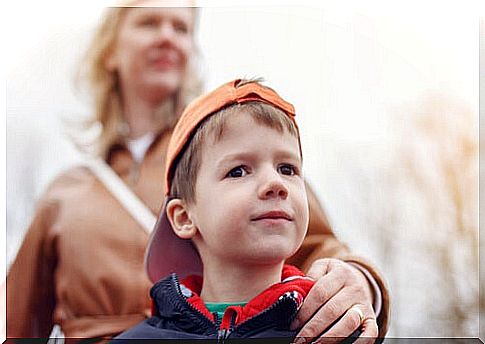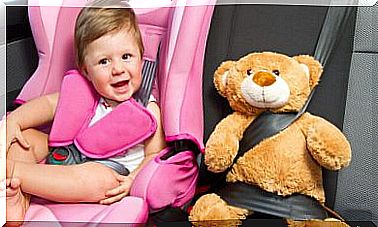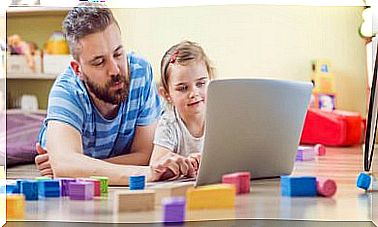Emotional Self-control In Children

Reflecting and regulating impulses is the goal. Emotional self-control in children is achieved with patience and perseverance. The result will be a child with a better disposition to face adversity and calm and satisfied parents.
How to deal with rebellion or tantrum?
When docility begins to give way to autonomy, signs of rebellion appear. If these manifestations do not disappear by themselves, action will have to be taken. Teaching the child to regulate his emotions will prevent permanent future disobedient behaviors.
Techniques to achieve emotional self-control in children
Neurological maturation in children begins at the age of six. At that point, he begins to develop cognitive skills for self-control. Good teaching can lead to strategies that allow controlling destructive impulses and channeling emotions.
A volcano without eruption
When the child is about to explode, the volcano technique will help him calm down. It consists of teaching him to visualize his interior as a volcano, with all his strength and energy. When it erupts, everything gets out of control; the child must associate anger or rage with hot lava.
The idea is that it can stop before reaching the point of eruption. It should be accompanied by deep breathing and the repetition of internal commands that encourage you to calm down.

The traffic light
With cards of the three colors you can teach him to analyze his behavior. The red light appears at the moment when the situation is about to get out of control. The correct phrases are:
- Red light: stop, calm down, think before you act.
- The yellow light: think solutions or consequences.
- Green light: go ahead, implement the best solution.
Patience, learn to wait
Children must learn to wait. Patience is essential to achieve self-control. Self-control increases your chances of success.
They can also be taught that by counting to ten, the anger will disappear. Another option is to walk away from what is causing discomfort until you are calm.
Reflection
Achieving greater emotional self-control in children involves teaching them to reflect. Through language you can better analyze, plan and understand the environment and make decisions. It is a post-conflict strategy, because in the effervescence of the moment it has no effect.
Parents, the best example
If we understand that children have their best role model in their parents, leading by example is of vital importance. Remembering the emotional responses of adults can influence children’s behaviors and their handling of frustration.
Positive behaviors should characterize adults in situations of stress, fatigue and distress. It is recommended that they express their feelings, take a deep breath and count to 10 before reacting. In addition, parents can play sports with their children to channel negative emotions.
Learn from mistake
Avoiding suffering for children is the aspiration of every good parent; but sometimes this can be a mistake. There is no way for a child to grow up without experiencing frustrations.
However, it is not advisable to indulge them excessively, since it can lead to an inability to face future challenges.

To achieve emotional self-control in children, the ideal is to encourage them to channel their frustrations.
Some phrases help: “what do you think if we start with the easiest?” “Where do you need my help?” “What can you do for yourself?” Another very effective phrase is: “let’s rest and try again later.”
Place for calm
Inside the home or classroom, there may be a special place where the child can go when he needs to calm down. There should be books, toys, sheets, paintings, a blackboard or any other element that helps you feel peace.
Anti-stress balls
These elements work with adults, but also with children, and especially if they build them themselves. Only one thick balloon filled with birdseed or rice is required. The only requirement is that they must fit in the child’s hand.










